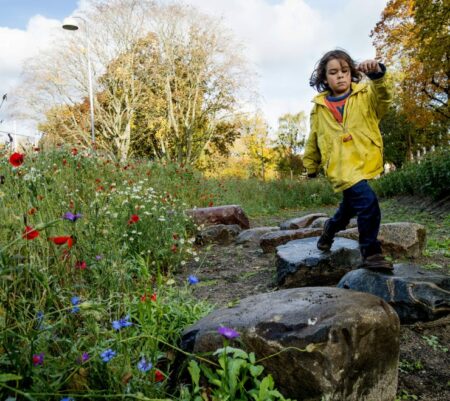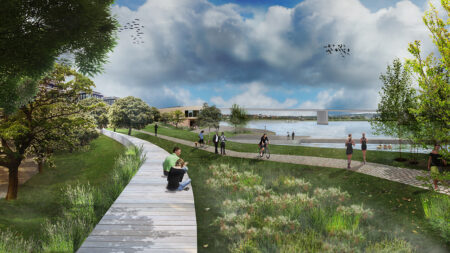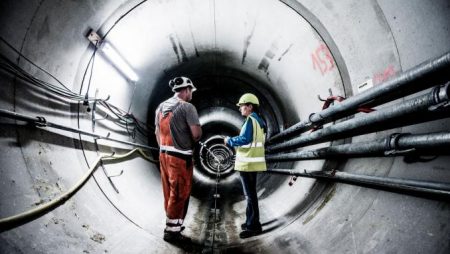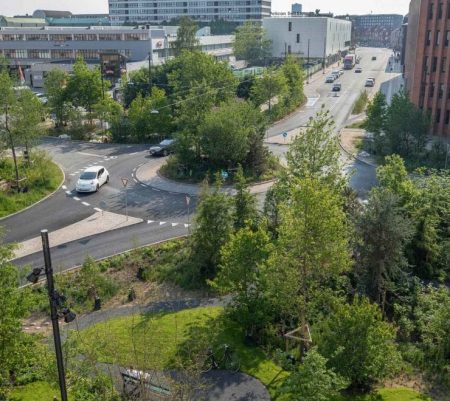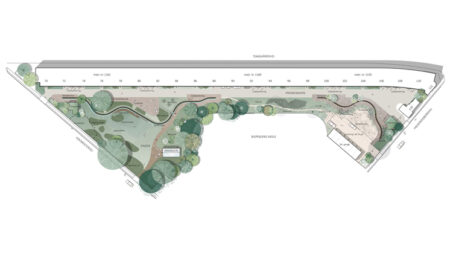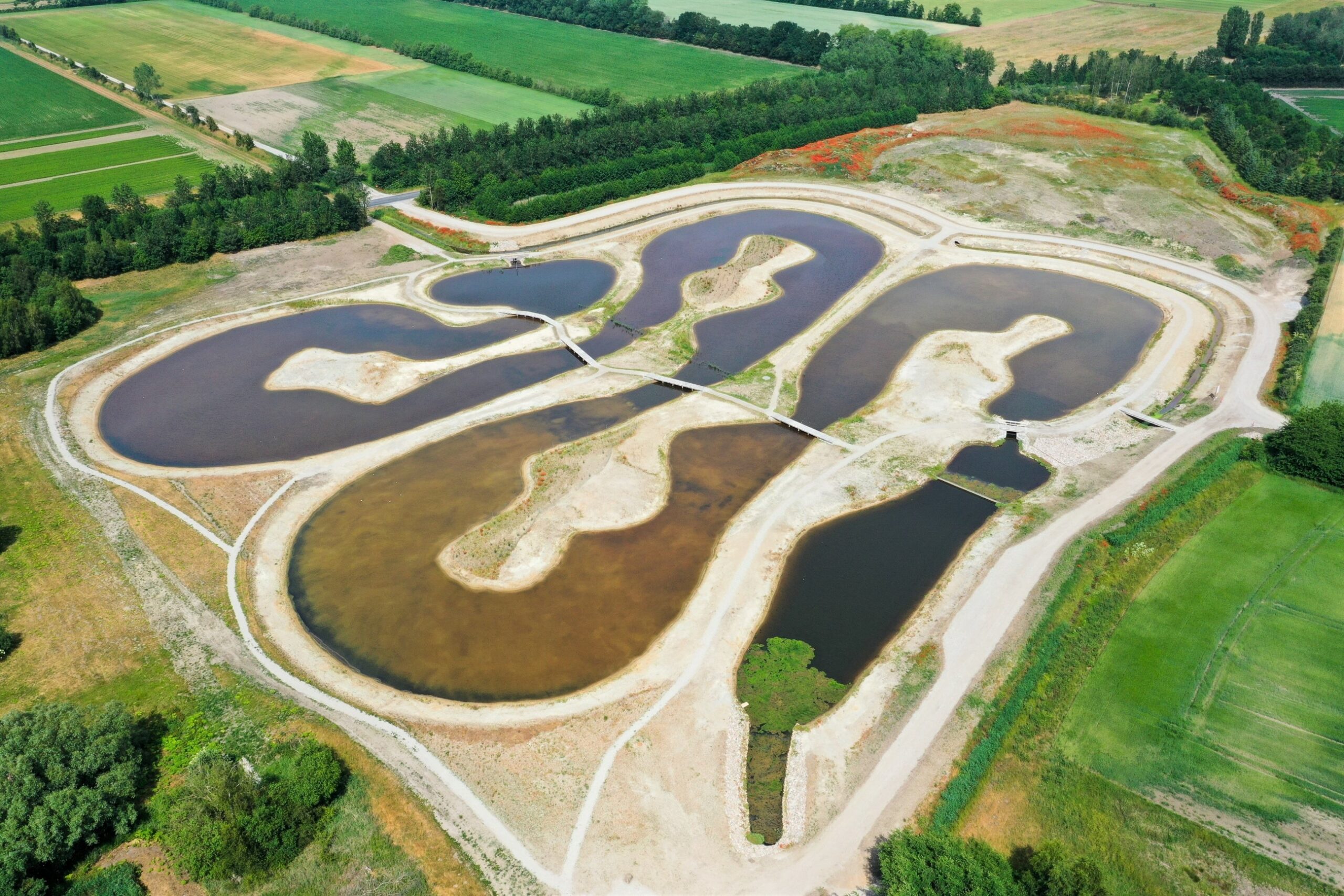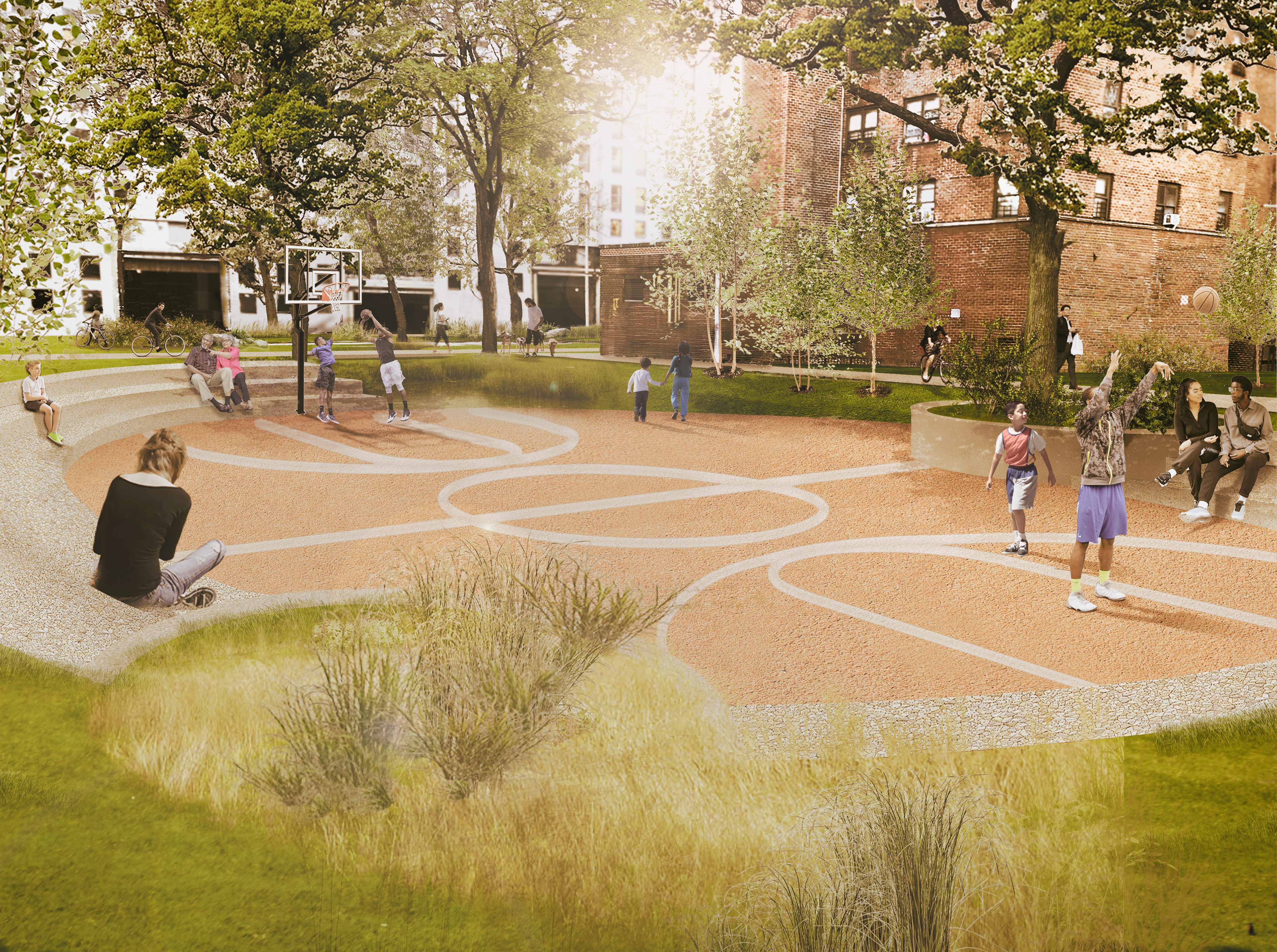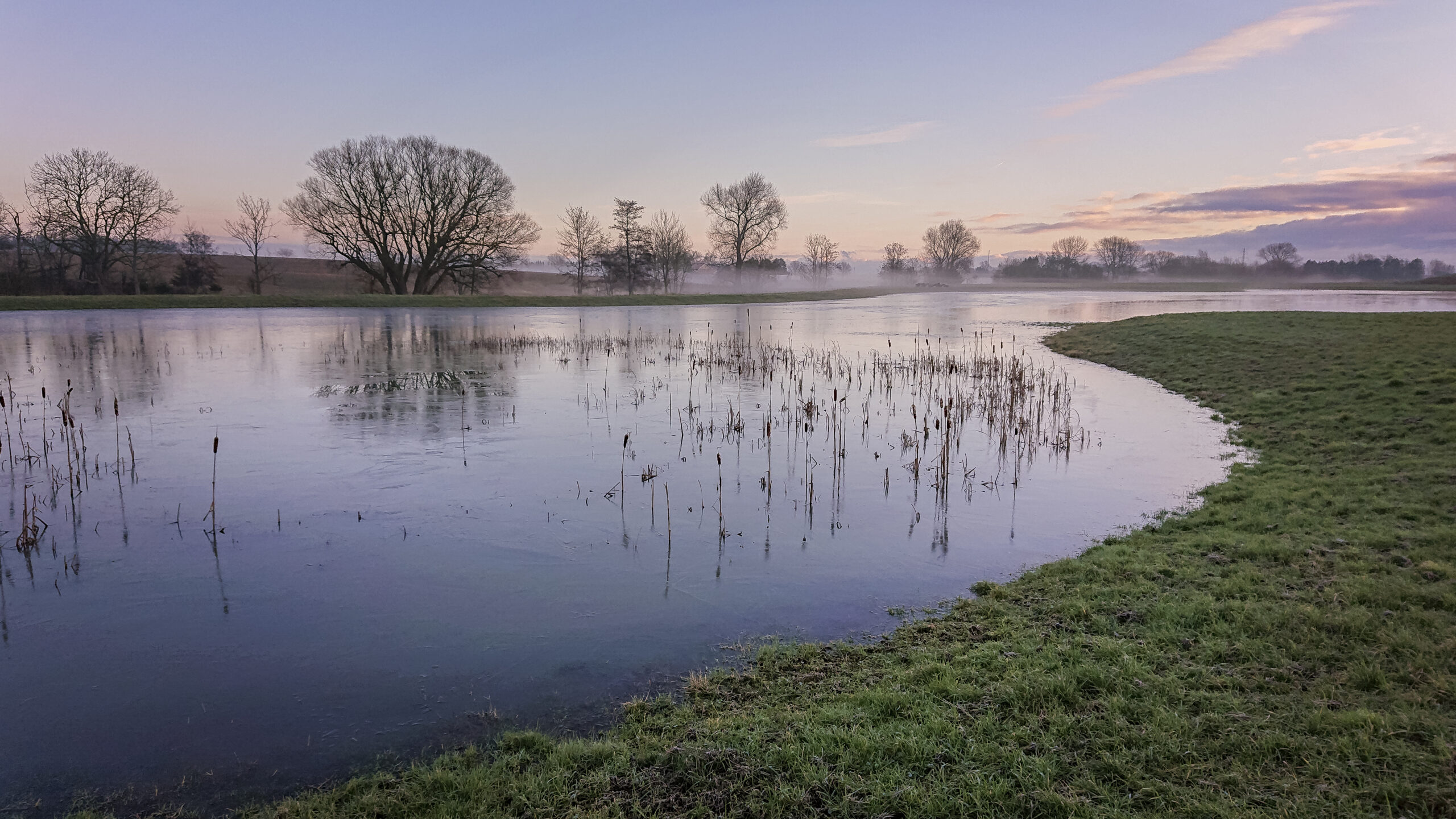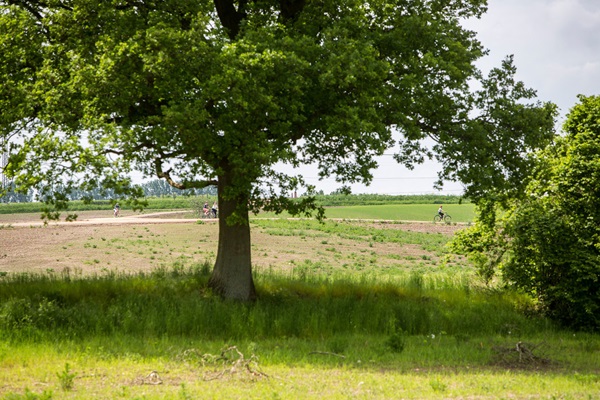News
Climate change adaptation
Coastal protection
Flood prevention
+2
Prepared for extreme weather: 6 examples of climate-resilient city solutions
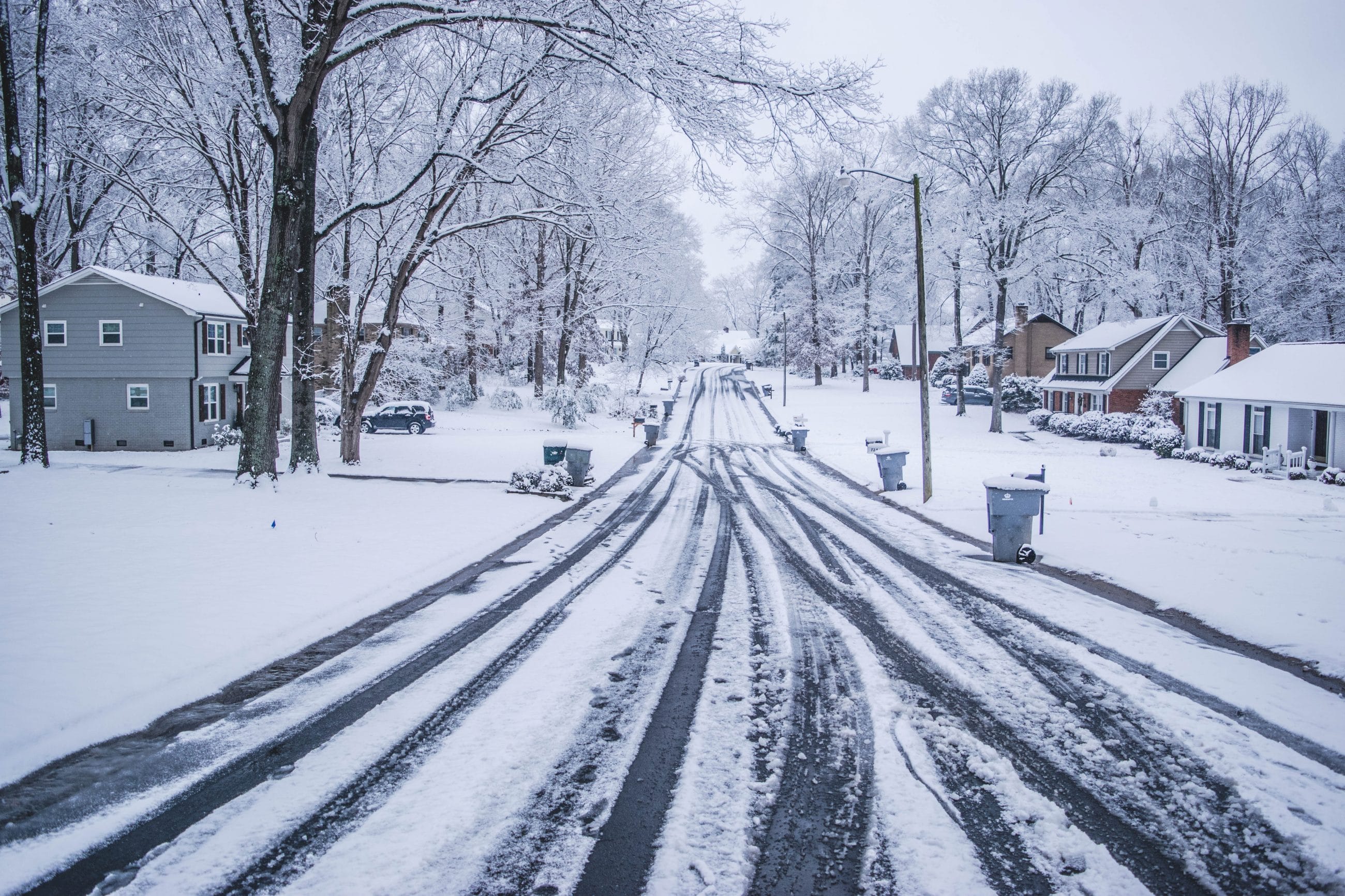
In February, an arctic freeze overpowered Texas and revealed how the state’s electric grid and water systems were not bolstered to extremely cold weather. The storm left millions of Texans in the dark and in frigid temperatures. Adding to this, approx. 12 million people (more than 40 per cent of the state’s population) experienced disruptions to potable water.
Although the severe winter storm affected most of the state badly, Texas’ urban areas were particularly hard hit. Almost 3 million Texans were without power, including a quarter of all homes in Dallas, and 1.4 million homes in the Houston metropolitan area.
Another recent example of an extreme weather event was when hurricane Harvey in 2017 swept over Houston and caused massive flooding, resulting in billion dollar damages.
When combining the increasing risk of extreme weather-related events with the challenges of increasing urbanisation and add to the fact that most cities have extensive areas of impermeable surfaces, the need for rethinking urban development is clear.
Related news: Only one in four European cities have any climate adaptation plan for climate changes
Here are six examples of how cities have become more resilient to extreme weather-related events:
1. Copenhagen, Denmark: Climate adaptation brings a traditional park up to date
The Lindevang Park is a climate adaptation project, which stores rainwater, increases the recreational value for the park’s visitors and contributes to a welcoming and safe urban environment. A ditch collects the water from an area of three acres and together with a surface basin in the park, it forms a storage facility of approx. 500,000 gallons. The ditch is planted with apple trees and blackcurrant to form a public fruit garden.
This has reduced areas of concealment and improved visibility, which offers visitors a feeling of safety. Just outside the park, a square has been transformed to store 53,000 gallons of rainwater on the surface with an iconic 260 feet long concrete wall formed as the Fibonacci spiral for the neighboring schools to practise mathematics with. On the top of the concrete wall, water runs through a trench for children to play with. The water also cancels out traffic noise for the benefit of visitors who use the square to enjoy food and drinks. Read more
2. Buzzard Point, Washington DC: Advanced modelling paves the way for flood-risk management and coastal protection
The Potomac River is among the wildest rivers in the world and it relatively often reaches flood stages because of events in distant areas of its watershed. So, on behalf of the Department of Energy and Environment in Washington DC (DoEE), Danish engineering, architecture and consultancy company Ramboll was asked to assist with technical advice, financial analysis and training in the development of a master plan, guidelines and pilot project for fire protection and stormwater protection in an existing building at Buzzard Point in Washington.
Through advanced hydraulic modelling, Ramboll illustrated that the planned level of resiliency towards storm surge and sea level rise only has limited effect on reducing flooding in the future. Ramboll then conducted a cost-benefit analysis for the currently proposed protection level and for a recommended higher protection level, to illustrate the value of increasing resilience compared to the current situation – both in terms of reduced risks, but also in terms of added value. The riverine protection measures were proposed as a mix of grey infrastructure and BGI. Added value included an extension of an existing Riverwalk trail, additional green space, living shoreline concept and increased access to the river, all adding to increased liveability. Read more
3. Copenhagen, Denmark: Highways for stormwater in the city underground
Two new 'highways for stormwater' are under construction in the Copenhagen underground. As a part of a cloudburst management plan for the Danish capital with a funding of approx. USD 1.75 billion, the utility companies HOFOR and Frederiksberg Forsyning have initiated two large-scale cloudburst tunnel projects. The two independent tunnels will be drilled at a depth of 40 to 65 feet below sea level through the calcareous underground beneath the urban districts of Valby and Vesterbro.
The tunnels will be up to 10 feet in diameter and the main purpose is to prepare the city for rare extreme rainfall events. During such cloudbursts, the tunnels will lead stormwater away from urban districts as well as residential neighborhoods and discharge it into Copenhagen’s harbour. At the same time, the two tunnels will also contribute to draining the increasing amounts of everyday rain that are expected due to climate change. An international team of consultants will help execute the highly complicated projects. Read more
4. Copenhagen’s first climate resilient neighbourhood
An existing neighbourhood in Copenhagen has since 2013 undergone a transformation to become more resilient to the effects of climate change such as strong and heavy rainfall. The transformation of the neighborhood is carried out in two phases:
Phase 1: Taasinge Plads
The transformation of Taasinge Plads was completed in 2014. The area is now a green pocket park that demonstrates how to manage three different types of surface water fractions: Rainwater from roofs, which is used for recreational use and play, rainwater from zero traffic areas, which is used for local infiltration and finally, surface water from roads, which is infiltrated through filter media. As salt is used as ice control in the winter, the road water does not infiltrate the groundwater, but is transported to the harbour. During cloudbursts, an integrated open storage capacity is taken in use and works as a blue element in the pocket park.
Phase 2: Bryggervangen and Skt. Kjelds Plads
Bryggervangen and Skt. Kjelds Plads was finished in 2019 and is a long stretch of road (8.62 acres and a roundabout), where green spaces, urban nature and linked surface water solutions have replaced asphalt and pavements. The applied urban nature is inspired by the characteristic wet/dry biotopes found in Copenhagen and uses their processes in a rational way to treat and retain rainwater. Surface water from roads is handled by first-flush solutions, which direct the polluted initial surface runoff (first flush) stemming from heavy rainfall to the existing sewer system, whereas the cleaner ‘second flush’ is directed to green surface water solutions. This can be turned off in the winter to avoid salt intrusion into the green areas. Both projects will be linked to the rest of the holistic system on the cloudburst branch, which will drain this specific area of Copenhagen. Read more
5. Copenhagen, Denmark: Landscaping resilient courtyards of the future
'The Courtyard of the Future' includes a path crossing the traffic road into the courtyard, a ‘garden zone’, and a ‘landscape zone’. Each have their own plant theme and handle rainwater in different ways. The entire landscape zone is shaped like a ditch and can contain up 80,000 gallons of water, which is enough to handle a so-called 100-year rain event. It has a wilder appearance and invites children to play and follow the water through gutters and ditches.
The garden zone is rich with orchards, rain beds, sheds for bicycling storage and a greenhouse for residential use. Here, rainwater is collected in underground water tanks, which allows the residents to re-use the rainwater later on. Additionally, the traffic road outside the courtyard is
renovated with a permeable surface, parking spaces and specially developed fascines that allow for necessary tree root growth. Because of its many attractions and functions, the courtyard is popular among the residents and now doubles as a developed urban space and rainwater storage facility.
6. Roskilde, Denmark: The climate resilient school
The vision for the climate resilient school in Denmark’s 10th largest city, Roskilde, is to handle all stormwater on campus. To ensure this, 0.3 acres of roof has been disconnected and runoff from the pavement infiltrates through permeable pavings. Runoff from the roof runs through trenches into a paddling pool shaped like the local bay, which is also used by the school children for playing and learning. From the ‘bay’, the stormwater goes through an ACO trench into a soakaway.
The soakaway has a membrane underneath, creating storage volume for stormwater. It is possible for the children to pump up the stormwater with old-school hand-pumps. The overflow goes into a raingarden and a ditch downstream through the raingarden. From the raingarden, the water flows into a multifunctional pump track lane with parkour elements for street climbing.
The multifunctional square is covered in permeable rubber and illustrates the meeting between coast and sea. The project demonstrates that NBS are able to handle everyday rain, design storms and cloudbursts, when the different NBS elements are connected to each other as pearls on a string. Read more
Find more solutions at our U.S. site which is packed with solutions to build climate resilent cities and our brand new white paper NATURE BASED SOLUTIONS - using rainwater as a resource to create resilient and liveable cities.
You should consider reading
publications
Resource efficient production
+15
